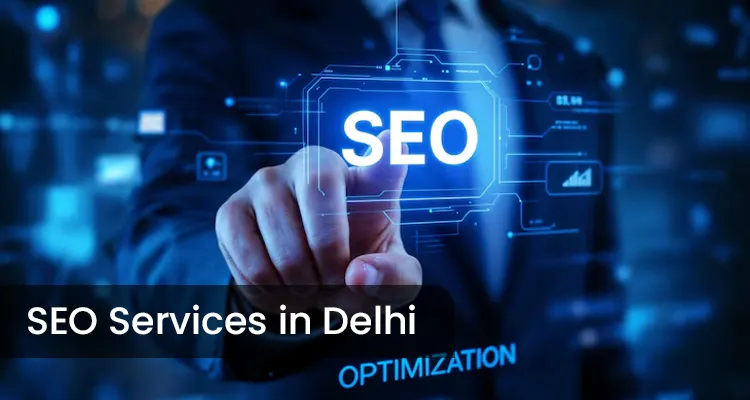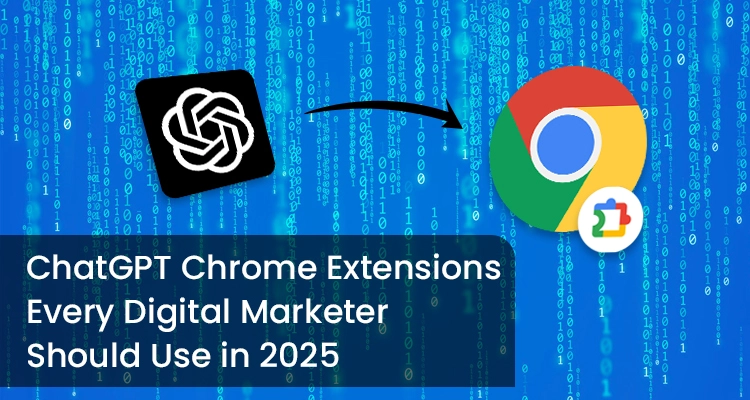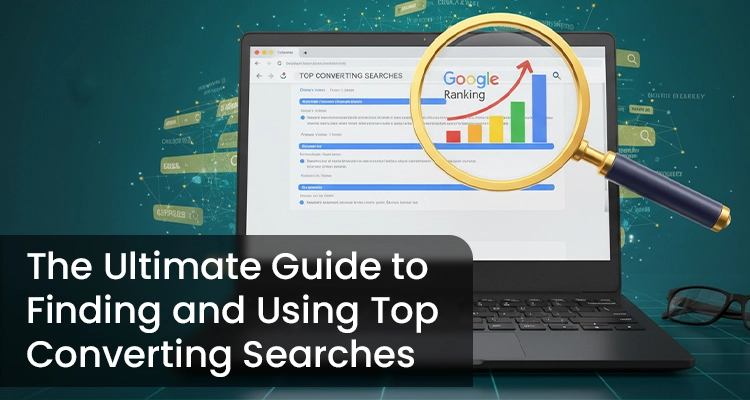Generative Engine Optimization (GEO) – All You Need to Know

The digital landscape is evolving, and with it, the way content is discovered and ranked online. Generative Engine Optimization (GEO) is an emerging field that focuses on optimizing content for AI-driven generative engines like ChatGPT, Google Gemini, and OpenAI’s models. Unlike traditional Search Engine Optimization (SEO), which prioritizes search engine rankings, GEO ensures that AI-generated responses pull accurate, well-structured, and authoritative information from your content.
In this article, we’ll delve deep into what GEO is, how it works, how it compares to SEO, and strategies to optimize your content for generative engines.
What is Generative Engine Optimization (GEO)?
Generative Engine Optimization (GEO) is the practice of optimizing content to improve visibility and accuracy in AI-generated results. AI models use Natural Language Processing (NLP) to generate responses based on vast amounts of data. If your content is well-structured, AI engines are more likely to pull your information when generating answers.
How GEO Works
Data Extraction from AI Engines: AI models gather and synthesize information from websites, blogs, research papers, and databases.
Content Ranking Based on Credibility: AI prioritizes content based on authenticity, structure, and depth rather than backlinks or keyword stuffing.
User Intent Understanding: GEO optimizes content to align with user intent, ensuring AI generates accurate and relevant responses.
Contextual Relevance: AI models prefer semantically rich and authoritative content rather than focusing solely on keyword density.
GEO vs. SEO – Key Differences
| Feature | SEO (Search Engine Optimization) | GEO (Generative Engine Optimization) |
| Primary Goal | Improve search engine rankings | Enhance visibility in AI-generated responses |
| Optimization | Keywords, backlinks, meta tags | Contextual relevance, structured content |
| Ranking Factor | Domain authority, page speed, mobile-friendliness | Content clarity, factual accuracy, credibility |
| User Interaction | Click-based engagement | AI-generated summaries and citations |
| Search Intent | Transactional, informational, navigational | Conversational, Q&A-based, structured responses |
| Competition | Competing for top rankings | Competing for AI-generated citations |
| Measurable KPIs | Organic traffic, CTR, SERP rankings | AI model citations, relevance in AI-generated answers |
While SEO focuses on ranking on Google and Bing, GEO ensures AI-generated responses include your content in their answers.
Why GEO Matters in 2025 and Beyond
AI-Driven Search is Growing: ChatGPT, Google’s Search Generative Experience (SGE), and AI-powered assistants are revolutionizing search behavior.
Content Summarization Matters: Instead of visiting multiple sites, users increasingly rely on AI-generated summaries.
Voice Search & Conversational AI: AI-powered voice assistants (e.g., Alexa, Siri) rely on generative models to fetch data.
Future-Proofing Your Content: Traditional SEO alone may not suffice; GEO ensures your content remains discoverable in AI-generated outputs.
How to Optimize for GEO
1. Focus on Contextual Relevance
AI models prioritize context over exact keyword matches. To optimize:
- Use natural, conversational language instead of keyword stuffing.
- Create comprehensive answers for questions AI engines might generate.
- Include semantically relevant terms rather than focusing solely on exact-match keywords.
2. Use Structured Data & Schema Markup
AI-driven models prefer structured content. Implement Schema Markup (JSON-LD) to help AI understand your content better:
- Use FAQ Schema for commonly asked questions.
- Implement Article Schema to structure blog content.
- Add How-To Schema for step-by-step guides.
3. Enhance Readability & Clarity
AI models favor clear, well-structured content over jargon-heavy or disorganized text. To improve readability:
- Use shorter paragraphs (2-3 sentences per paragraph).
- Utilize bullet points and numbered lists for better skimmability.
- Break down complex topics into simplified explanations.
4. Optimize for AI Snippets & Citations
AI models cite content from trusted sources when generating responses. To increase the chances of citation:
- Write factually accurate and well-researched content.
- Use credible sources and link to authoritative studies.
- Structure content with clear headings (H2, H3, H4) and question-based subheadings.
5. Create Conversational Content
Since AI-generated answers often mimic human conversations, writing in a conversational tone increases your chances of being featured.
- Frame content using natural Q&A formats.
- Include answers to common industry-specific questions.
- Address user pain points directly.
6. Optimize for AI-Generated Summaries
AI models often summarize long-form content into bite-sized information. To optimize:
- Use key takeaways at the end of articles.
- Highlight important data points upfront.
- Summarize sections with bolded phrases or “TL;DR” segments.
7. Ensure Content Credibility & Trustworthiness
AI favors highly reliable sources. Establish trust by:
- Including author bios with credentials.
- Citing peer-reviewed studies and official data.
- Avoiding clickbait or misleading information.
8. Leverage Internal Linking & Pillar Content
- Just like SEO, interlinking helps AI understand topic relationships.
- Create pillar content with internal links to subtopics.
- Interlink related blogs to establish topic authority.
Future of GEO: What Lies Ahead?
The evolution of AI-driven search will continue reshaping content discovery. Here’s what to expect:
Rise of AI-Generated SERPs: More people will rely on AI-powered search results rather than traditional Google rankings.
Higher Emphasis on Content Credibility: Misinformation will be penalized, and AI models will favor authoritative sources.
AI-Specific Ranking Metrics: Platforms like Google SGE might introduce new ranking signals tailored for generative content.
Multimodal Content Optimization: AI will process not just text but also videos, podcasts, and interactive media.
Conclusion
Generative Engine Optimization (GEO) is not a replacement for SEO but an essential complement in the AI-driven digital era. As AI models become primary sources of information retrieval, businesses, marketers, and content creators must adapt their strategies to stay visible.
By optimizing for contextual relevance, structured content, and credibility, you can ensure your content appears in AI-generated answers, increasing visibility and engagement.
As search evolves, the key takeaway is clear: GEO is the future, and optimizing for AI-driven content discovery will be the next big leap in digital marketing.
Content written by-Tanya
Tanya is part of the expert content marketing team at ITCombine. She has an expertise of curating meaningful information that can be used by visitors in general. Tanya is also involved in creating Client specific stories and blogs.
Copyright © 2025 - itcombine.com.
All Rights Reserved.








